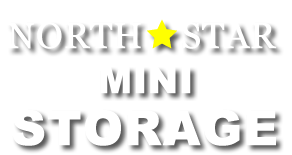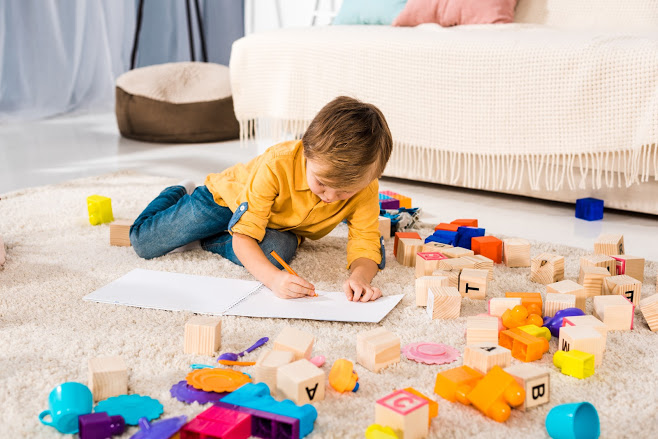How to Temporarily Store Your Child’s Toys
Does your child have too many toys to use at one time? Before the playroom overflows with trains, stuffed creatures, dolls, and other toys, take a look at what you need to know about self-storage.
Rent the Right Unit
What should you look for in a self-storage unit rental? The answer to this question depends on what you plan to store. When your child’s toys are a top priority, you need to select a rental that meets the specific types of items’ needs.
As you explore rental unit options to store your child’s toys consider:
- Indoor climate. While some toys (such as plastic dolls) don’t have specific climate needs, others may. Wooden toys, children’s electronics, musical instruments, and anything made from a delicate fabric may need a constant temperature or humidity level.
- Size. What size storage rental do you need? Chances are your child’s toys won’t require a large space. Take an inventory of everything you plan to store. Estimate how many boxes, bins, or bags these will need to decide on a storage unit size.
- Ease of access. Will you need to access your child’s toys often? If you plan to rotate toys or only want to store some items for a few weeks/months at a time, you need a rental that’s nearby and easy to access.
- Budget. How much do you want to spend on a storage rental? If you will only store your child’s toys in the unit, you may need a less expensive option. But if you plan to also store other home items, you may have a bigger budget.
If this is your first self-storage experience, discuss the options with the facility’s owner, manager, or staff. The storage professional can help you to choose a rental unit that meets your individual climate, size, access, and budget needs.
Take an Inventory
Why do you need a toy storage inventory? An inventory is a list of the items you plan to store. You can create a written numbered list, fill in a spreadsheet, or use an app to organize your child’s playthings. The inventory could include:
- Categories. Instead of a random list of items, organize the toys based on category. Major categories may include types of toys such as vehicles, arts and crafts, stuffed animals, dolls, dress-up, educational, electronics, games, or pretend play.
- Seasons. Do you plan to store items by season? If you’ll rotate your child’s toys every time a new season starts, categorize the inventory by winter, spring, summer, and fall.
- Ages. Do you have multiple children? You can use self-storage to keep hand-me-downs. If you have age-graded toys, add the general age guidelines or designations to your inventory.
Along with the category, season, and age, include the specific toy’s title. Use wording that you’ll understand. This may mean adding a toy’s nickname, such as the made-up word your child has for a stuffed animal or the name they give to a doll.
Prepare the Toys
How should you prepare your child’s toys for storage? Before you box, bin, or bag anything, you need to:
- Clean the toys. Wash everything thoroughly. Don’t leave food residue on anything you plan to store. This could support mold growth or attract pests to the rental unit. Follow the manufacturer’s instructions for washing or spot cleaning each toy.
- Dry the toys. Never store a wet or damp toy. This could result in mold or mildew growth.
- Remove batteries. Remove the batteries from electronic toys before you store these playthings.
- Separate the toys. Separate your child’s playthings into categories or groupings. Base these on the inventory.
If your child isn’t completely sold on the idea of storing some of their toys, encourage them to help in the preparation process. This gives your child a sense of control and may ease potential tensions.
Pack the Playthings
What do you need to pack your child’s toys for storage? The answer to this question depends on what you need to store. Potential storage materials include cardboard boxes, cardboard dividers, original packaging, plastic bins, garbage bags, tote bags, bubble wrap, newsprint, packing tape, and towels.
To safely pack your child’s playthings for storage:
- Choose the right container. Heavy items should go into sturdy plastic bins. Lighter toys can fit into either bins or cardboard boxes. Use bags to easily store stuffed or soft toys.
- Protect the playthings. Use bubble wrap or rolled towels to cushion potentially breakable items in boxes or bins.
- Seal everything tightly. Don’t let toys escape during storage. Seal cardboard boxes with packing tape, use fitted lids for plastic bins, and tie bags tightly.
- Label the containers. Label each box, bin, or bag with the category and contents. If the items are fragile, add this designation to the label.
After you pack the toys, store them safely in your rental unit. Never stack heavier containers on lighter ones. This can damage fragile items or cause boxes to collapse during storage.
Do you need a self-storage rental? Contact North Star Mini Storage for more information.



